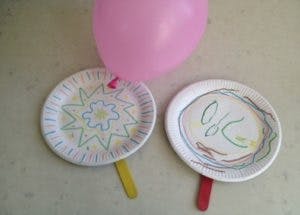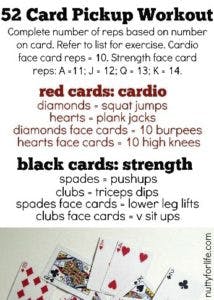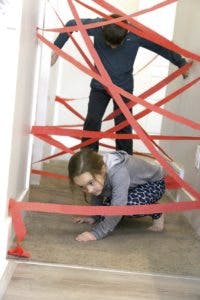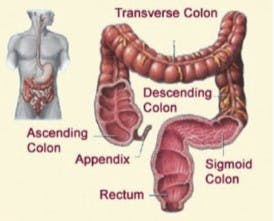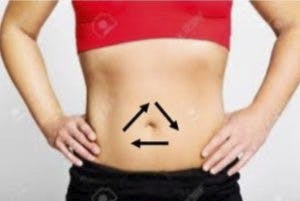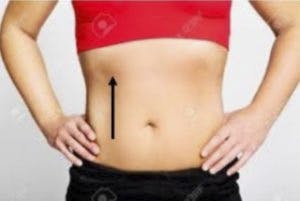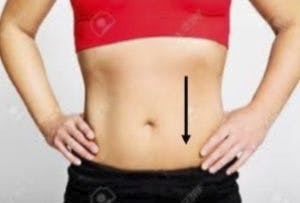From the time we learned to walk we fell a lot, but our parents picked us up and we kept going. So, why on earth was it a natural instinct to break our falls with our hands, and, how come we never learned at that time how to fall without FOOSH’ing? Good question, right?
What is a FOOSH, and how can we not do it?
Well, FOOSH is the nickname for an injury caused by Falling Onto an Out Stretched Hand. These injuries 1 are among the most common injuries affecting the hands and wrists that occur when trying to break a fall.
The severity of FOOSH injuries can vary greatly depending on various factors. These include:
- the force of your impact with the ground
- the type of ground you’ve fallen on
- the way in which you’ve fallen
- whether you have any existing health conditions or injuries affecting your hands and wrists.
FOOSH might be a silly Nickname, but it can have serious consequences.
FOOSH injuries often happen to people who participate in sports where falls are common, such as downhill mountain biking, skiing, and football.
But, really anyone can get a FOOSH injury if they fall on a hard surface and try to brace themselves with their hands or arms. Incorrect footwear can create tripping hazards and also lead to falls. So can scatter rugs and electrical cords in the home. A lack of balance or coordination, poor vision, or medications that cause drowsiness, may also cause falls with FOOSH injuries.
The Art of Falling Safely.
Believe it or not, there are ways to fall and not FOOSH. And we’re all going to fall down: The world is full of banana peels. So while avoiding a fall is job one, knowing how to take a fall when it’s inevitable is a crucial skill.
An article by Michael Zimmerman, AARP The Magazine, gives a 4-step explanation with pictures on the Art of Falling Safely with suggestions to help improve your footing and practice mindfulness. An added bonus in the article has a link on how to how to prevent falls in your home.2
The take-a-way is bittersweet. Remember – we’re all going to fall so let’s try to learn the art of it. However, there is still a 50/50 chance are we’re gonna FOOSH, and if you do we are here to help you!
____________________
sources:
1Treating and Recovering from ‘Fallen Onto an Outstretched Hand’ Injuries: https://www.healthline.com/health/foosh
The Art of Falling Safely: www.aarp.org/health/conditions-treatments/info-2017/how-to-fall-safely.html



